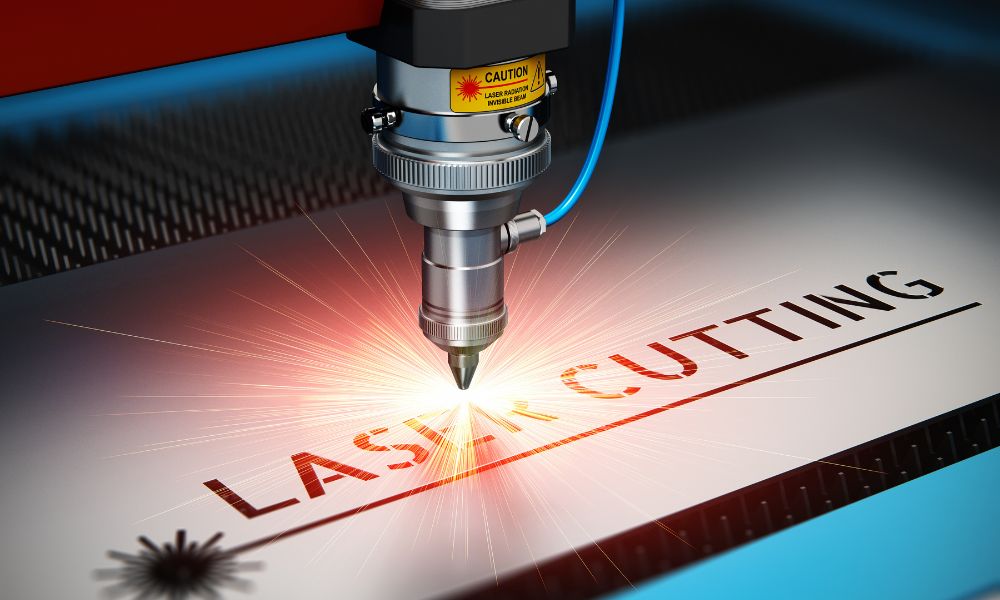3 Tips for Easily Drilling Through Steel Beams
Drilling through steel beams is a task that requires precision, the right tools, and an understanding of the material you’re cutting or drilling through. Whether for construction or manufacturing, the ability to efficiently drill through steel can save time and ensure the integrity of the structure the beam will support. Here are three tips for easily drilling through steel beams. Prioritize Safety Preparations Safety should always be your first concern when undertaking any project involving heavy materials and powerful equipment. Before [...]











